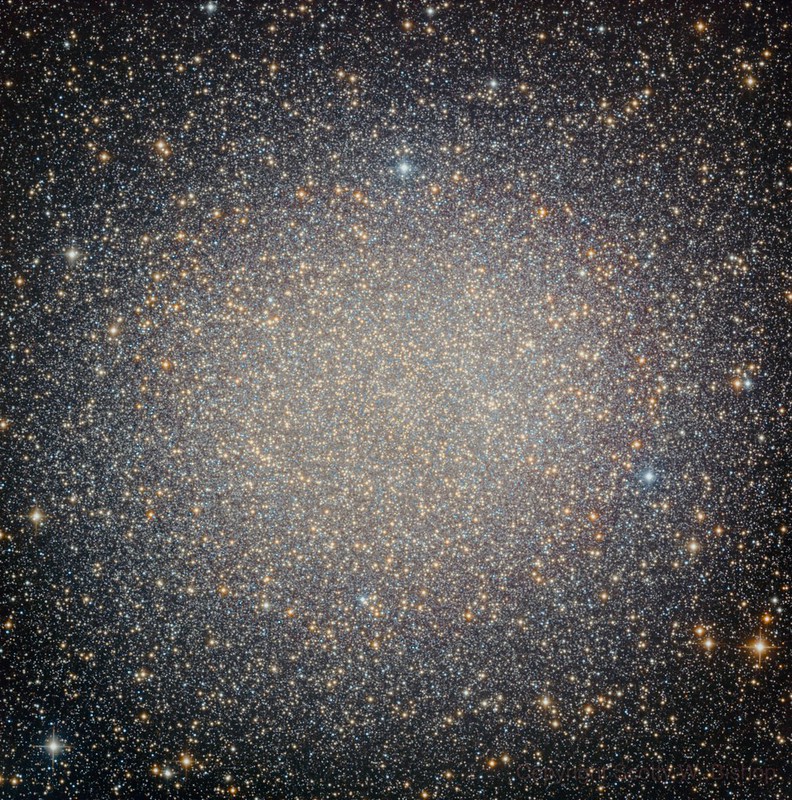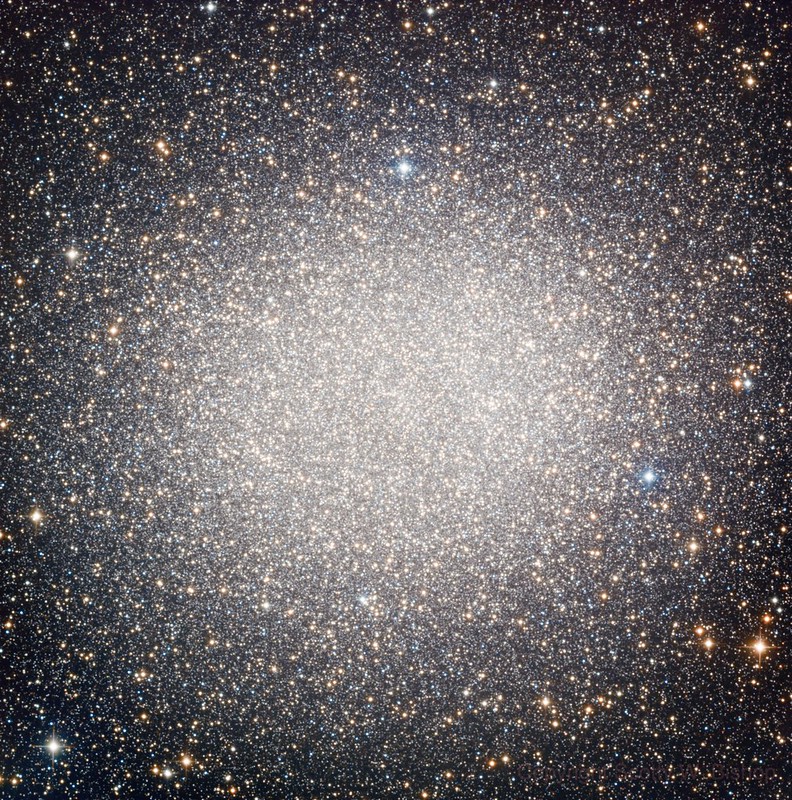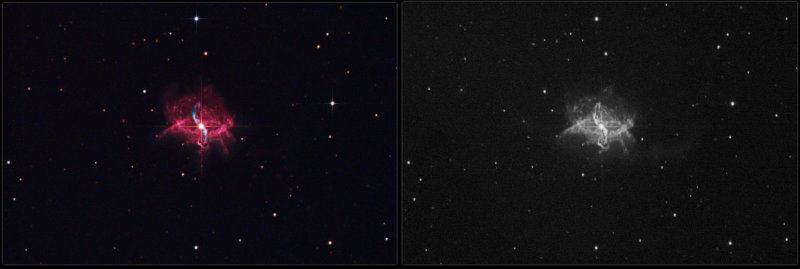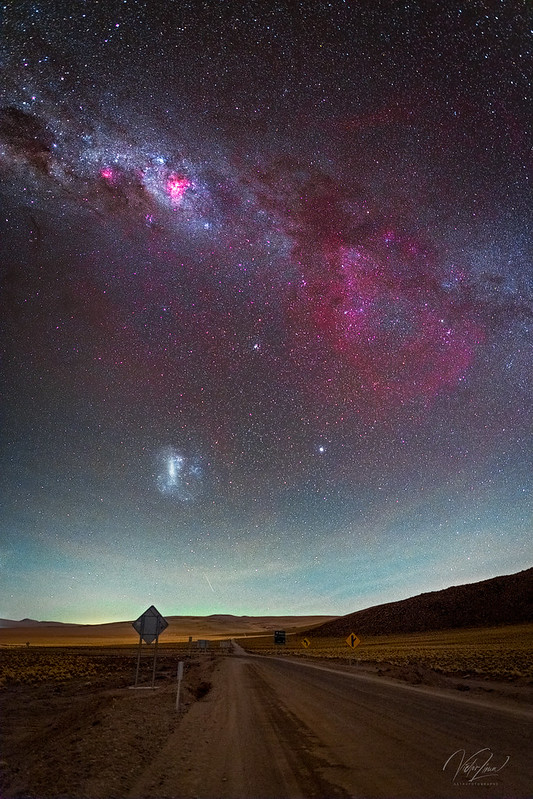Cygnus Cloud over the Observatory's Dome of Kattameia (Halpha-RGB )
Date : 1st July 2022
This photo covers the area from North America and Pelican Nebulae to Sadr region nebulae (IC 1318 / gamma Cyg nebula , NGC 6914 , IC 1311 , NGC 6888 / Crescent nebula )
Kottamia Observatory is the largest telescope in the Middle East and North Africa. The telescope, which is located 80 km from the center of old Cairo, has a main mirror diameter of about 1.88 meters (74 inches) and weighs about 2 tons, The diameter of the dome is about 19 meters, and weighs more than 100 tons.
The Observatory was established in 1964 and it is located in the perfect place far from light pollution. But nowadays there is a new extension of Cairo called the New Governmental Capital located about 13 km form the observatory, so the north- western horizon of the observatory is fully light polluted and the north-Eastern to south- eastern horizon is at Bortle scale 3.
 Sadr and Cygnus Clouds over Observatory Dome
Sadr and Cygnus Clouds over Observatory Dome by
osama Fathi, on Flickr
Gears: Nikon Z6 modified, Samyang 85 mm, Skywatcher Staradventurer 2i, NBX IDAS Dual band filter
Settings:
Sky : Halpha:15*2 min, Iso 5000, f2.8 with NBX,
RGB: 2*2min, Iso 800, f2.8
Foreground: 13 sec, Iso 1000, f2.8
Softwares: DDS, Pixinsight, Adobe Photoshop 2022, Astrotools
Credits: Osama Fat'hi
https://www.instagram.com/osama.fathi.nswatcher85/
Kottamia Observatory, Egypt
 Omega_Centauri by Scotty Bishop, on Flickr
Omega_Centauri by Scotty Bishop, on Flickr Omega_Centauri_bright by Scotty Bishop, on Flickr
Omega_Centauri_bright by Scotty Bishop, on Flickr
 Omega_Centauri by Scotty Bishop, on Flickr
Omega_Centauri by Scotty Bishop, on Flickr Omega_Centauri_bright by Scotty Bishop, on Flickr
Omega_Centauri_bright by Scotty Bishop, on Flickr


 Sadr and Cygnus Clouds over Observatory Dome by osama Fathi, on Flickr
Sadr and Cygnus Clouds over Observatory Dome by osama Fathi, on Flickr Messier 16 by Raul Villaverde, en Flickr
Messier 16 by Raul Villaverde, en Flickr
 Milky Way over Fairyland Canyon, Bryce Canyon NP by Transient Astronomer, on Flickr
Milky Way over Fairyland Canyon, Bryce Canyon NP by Transient Astronomer, on Flickr Atacama Desert by Victor Lima, no Flickr
Atacama Desert by Victor Lima, no Flickr